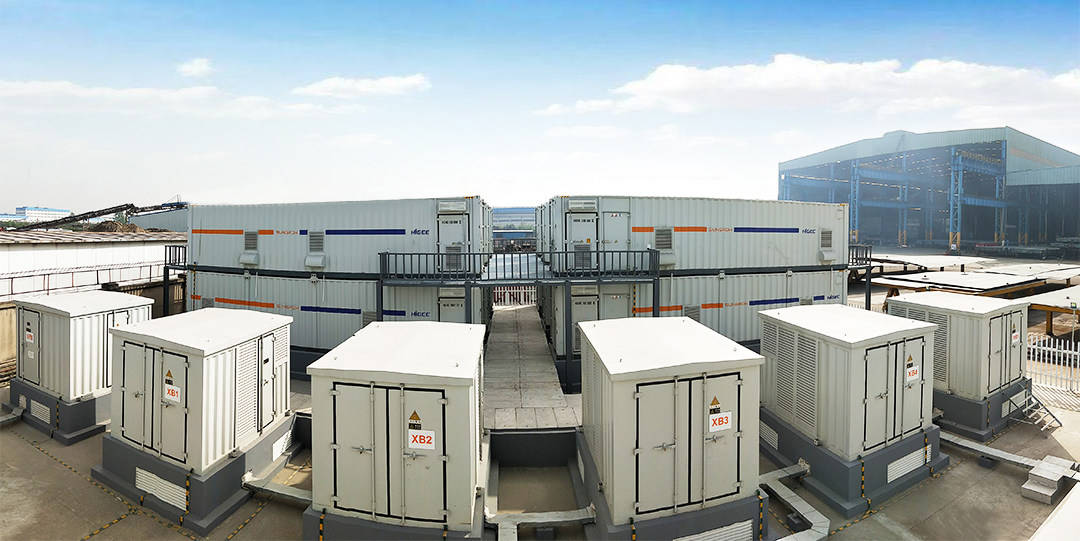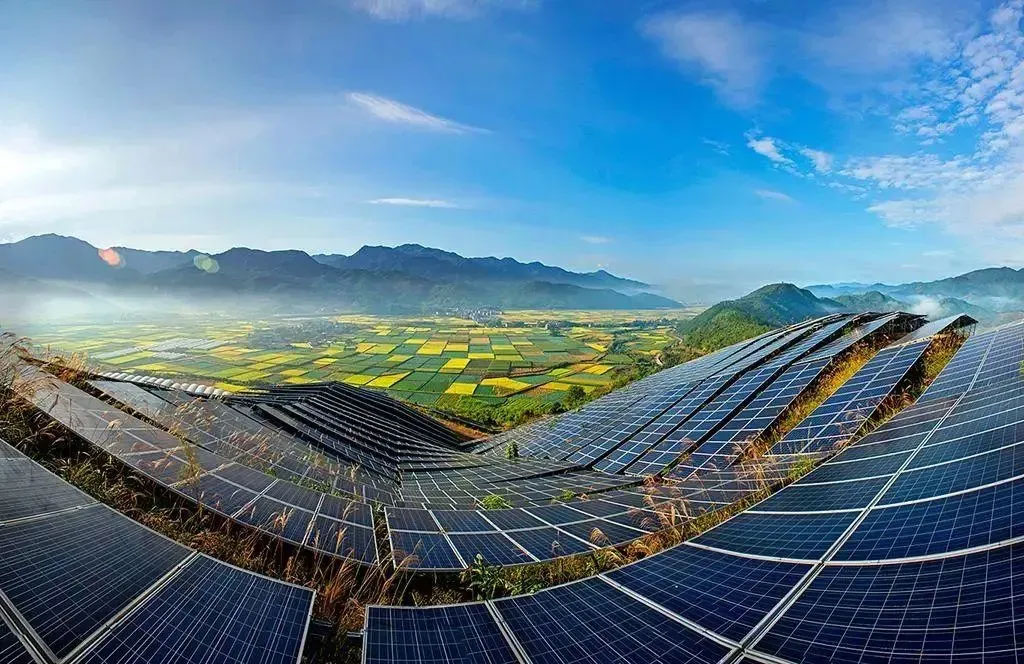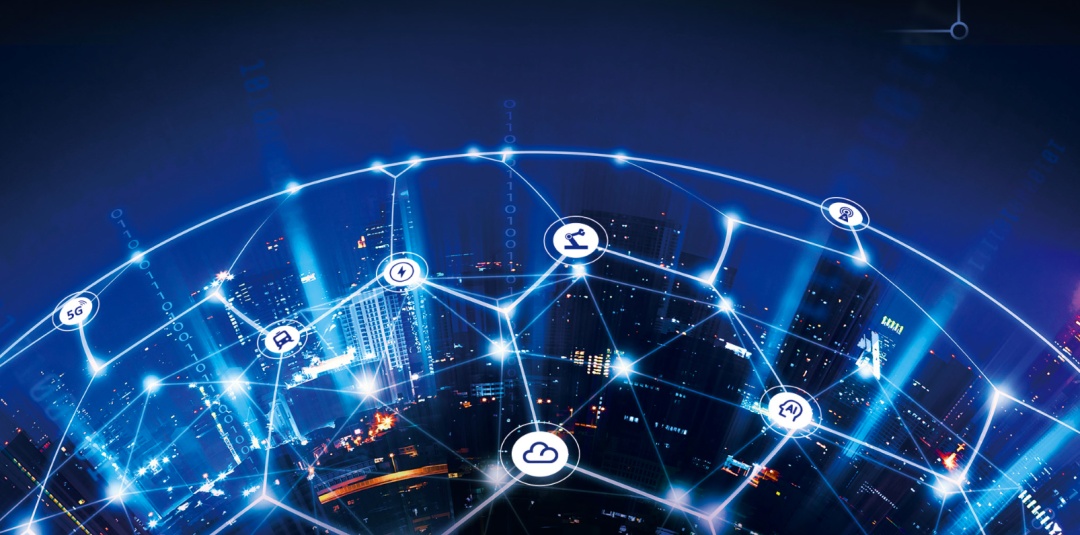What is a stem cell?
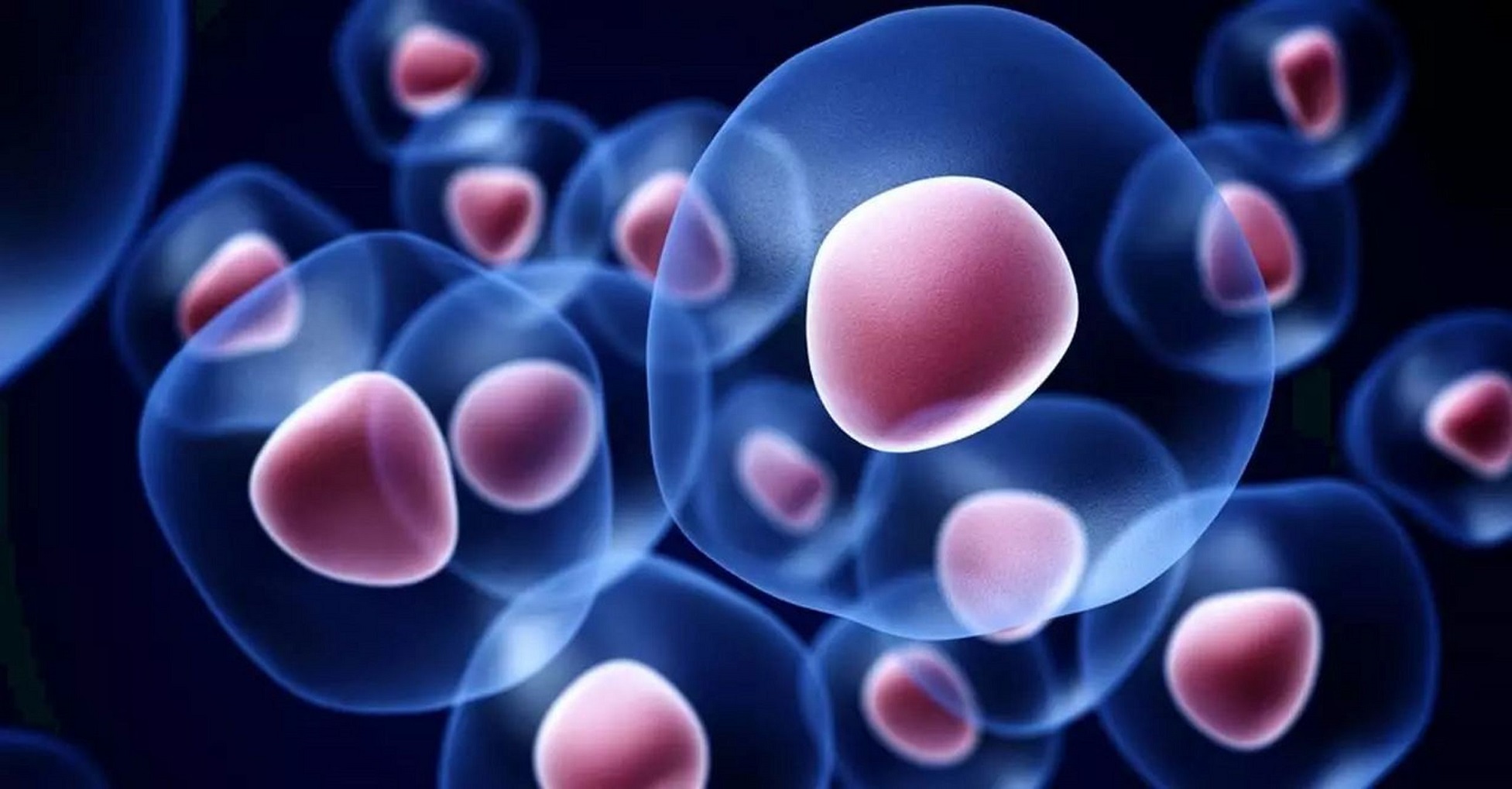
Stem cells are a type of cell with infinite or immortal self-renewal ability, capable of producing at least one type of highly differentiated offspring. The function of stem cell populations is to control and maintain cell regeneration. Generally speaking, there is a group of intermediate progenitor cells called "directed progenitor cells" between stem cells and their terminally differentiated offspring cells, which have limited expansion ability and restricted differentiation potential. The function of these cell populations is to increase the number of differentiated cells produced by stem cells after each division. Stem cells have the ability to self renew, but their division is actually relatively asymmetric.
Stem cells are a highly specific protein extracted from human stem cells, which can activate and regulate the regenerative function of human cells. Stem cell transplantation is to transplant autologous stem cells to the place where they need to be transplanted, and transplant them to the place where they need to be transplanted through special technology, so as to achieve the purpose of treating diseases.
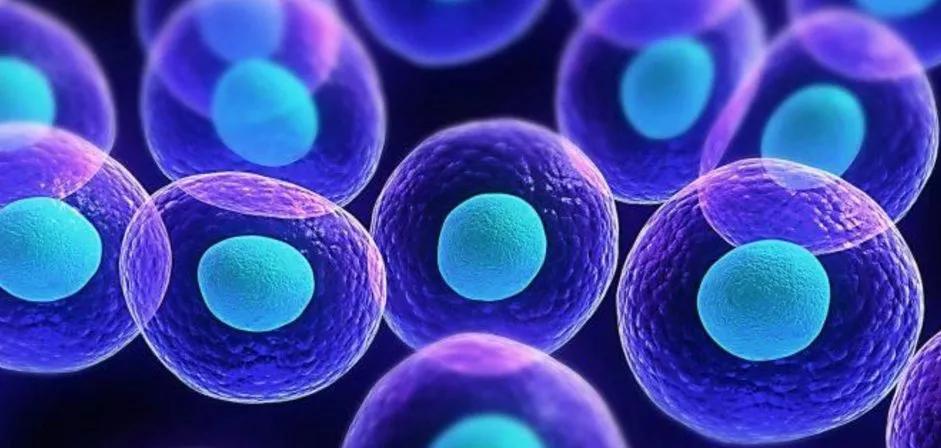
1、 Stem cell types
1. Omnipotent stem cells have unlimited differentiation potential and can differentiate into stem cells of all tissues and organs.
2. Pluripotent stem cells have the potential to differentiate into various cellular tissues, but they have lost the ability to develop into complete individuals, and their developmental potential is limited to a certain extent.
3. Hematopoietic stem cells. It can differentiate various blood cells and immune cells, but cannot differentiate dead cells outside its hematopoietic system.
4. Monopotent stem cells, also known as pluripotent stem cells, can only differentiate into one or two closely related cell types, such as stem cells in the basal layer of Epithelium and Muscle cell in muscle.
5. Autologous stem cells. It comes from itself, has good Histocompatibility, does not need matching, and has high cell utilization rate after transplantation.
6. Allogeneic stem cells. Originating from newborns, with high vitality, full functionality, easy to use, and ready to use.
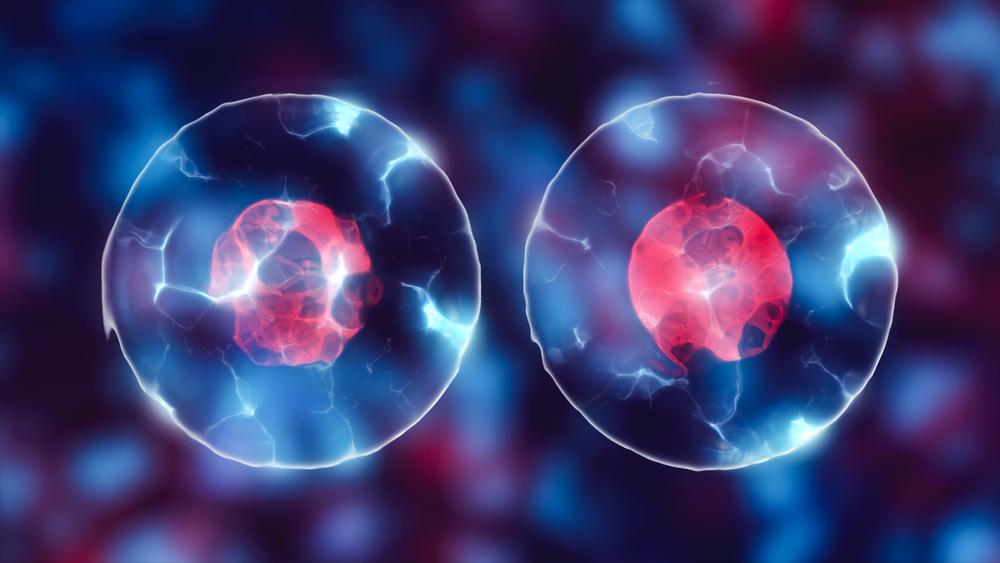
2、 Stem cell function and efficacy.
1. Cells improve the Endocrine system. The Endocrine system consists of Endocrine gland and endocrine cells distributed in other organs. The regulation of human physiological activities is not only regulated by the nervous system, but also by hormones secreted by Endocrine system organs.
2. Stem cells repair the nervous system. The function of nerve cells is to exchange information by receiving, integrating, transmitting, and outputting information. That is to say, the function of nerve cells in the human body is to generate various psychological activities and control one's own behavior.
3. Stem cells repair respiratory function. The respiratory system is the general name of the organs that conduct Gas exchange between the body and the outside world. Its main function is to exchange gases with the outside world, exhale carbon dioxide, inhale oxygen, and undergo metabolism.
4. Stem cells protect the blood circulation system. Stem cells are seed cells in the human body that can differentiate into all cells in the body, including functional cells that make up the blood circulation system.
5. Stem cells regulate the digestive system. Stem cells can differentiate into various functional cells of the digestive system, such as those in the gastrointestinal tract and liver. Newborn functional cells can replace necrotic cells and restore the normal physiological structure and function of the human digestive tract and digestive glands.
6. Stem cell protection exercise system. In the Motor system, stem cells can differentiate into osteoblasts, osteoblasts, Osteoclast and other cells needed by young and healthy bone tissue. At the same time, they can stimulate the growth of muscle cells and bone cells, reduce the fatigue of the Skeleton, enhance the control ability of the body, maintain the movement ability of skeletal muscles, make muscles strong, alleviate waist and knee pain, and restore the young vitality of bones.
7. Stem cells regulate the Urinary system. Stem cells can differentiate into various functional cells of the adult Urinary system, such as flat cells, Podocyte, mesangial cells, etc. These functional cells can replace necrotic cells, restore the filtration function of the glomerulus and the reabsorption function of the renal tubules, and then restore the normal physiological structure and function of the Urinary system.
 中文
中文
 English
English
